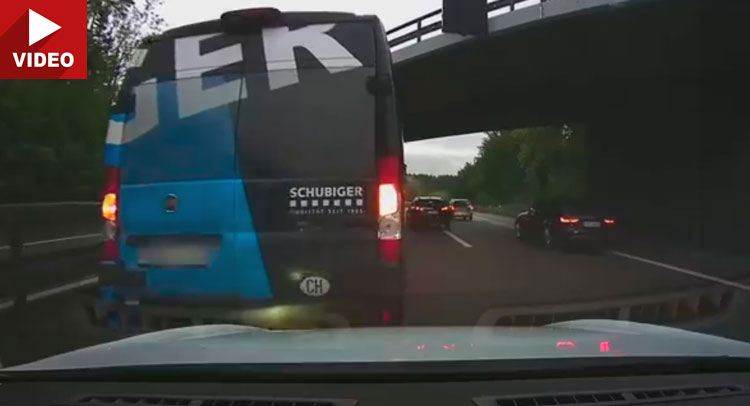Being still in its early days, semi-autonomous driving technology has its flaws, as the driver of a Tesla Model S appears to have found out the hard way.
With the Traffic-Aware Cruise Control (TACC) feature of the Autopilot engaged, which locks on the vehicle in front to determine the speed and when to accelerate/brake, Youtuber and Tesla Model S owner, Chris Thomann, was relaxing during his commute, when the accident happened.
Instead of automatically applying the brakes, the TACC was actually speeding up, when the driver intervened and hit the brakes himself, but it was already too late, as the Model S rear-ended the stopped van: “Yes, I could have reacted sooner, but when the car slows down correctly 1,000 times, you trust it to do it the next time to. My bad. In normal operation, the AP slows down as soon as another car puts one wheel on the lines to your lane“, Thomann said on the video that has since been removed.
The problem is that the vehicle the TACC was following didn’t stop behind the van, which had its hazard lights on; instead it swerved right by, changing lanes. According to Electrek, the Tesla’s owner manual has a special warning for similar situations to inform drivers about it.
“Warning: Traffic -Aware Cruise Control cannot detect all objects and may not brake/decelerate for stationary vehicles, especially in situations when you are driving over 50 mph (80 km/h) and a vehicle you are following moves out of your driving path and a stationary vehicle or object, bicycle, or pedestrian is in front of you instead.“
Following the minor accident, the Tesla Model S will have to get “a parking sensor and a steel beam” replaced.







